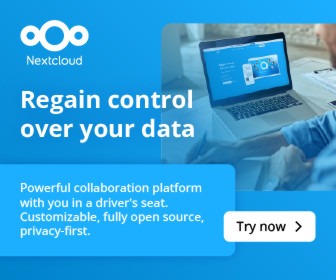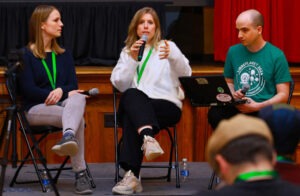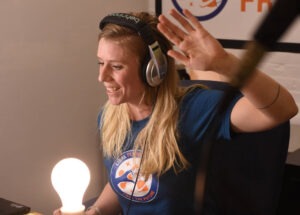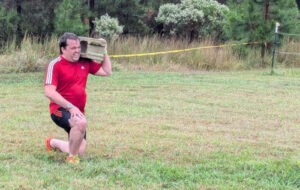Ahead of her talk on Tuesday at All Things Open, FOSS Force sat down and talked with Ruth Suehle on what needs to be done to assure that open source software has a long future.
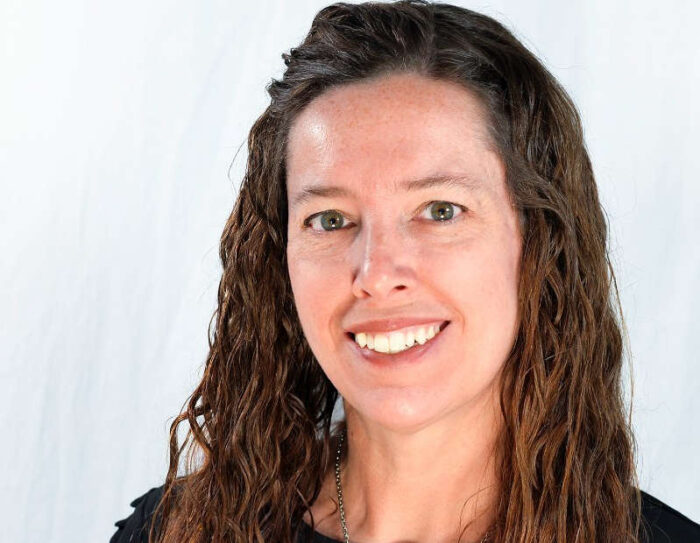
On Tuesday, which will be All Things Open’s second and final day, Ruth Suehle will be giving a talk called Building On Success: What’s the Future of Open Source? In her write-up on her talk she said, “The things that worked for the first 25 years are not what will get us through the next 25. Let’s look at that past and see where we should be thinking about heading in the future.”
That sounded right up my alley, since at my age there’s plenty of past to look back on, so I made arrangements to do a little jaw waging with her on Zoom for an advance article on her conference presentation.
Once I got her on the line, I asked about (what else?) folks like me, who got into open source because the Open Source Definition fit our life’s philosophy. Those of us who see open source as an extension of a way of life, used to be a big part of the open source community, but not so much anymore. How do we fit into open source’s future?
Sociology With a Geological Chaser
“I think of generations of open source contributors and users like rock strata where you can see the layers throughout history,” she said. “Let’s start around 1998, when the term open source is coined. This is a fairly thin layer that I think is part of the people you’re talking about. They have some different motivations, but a lot of them start to be around that philosophy.
“And just as you and I are planning to talk about what the next 25 years look like, they were doing that back then too, making their own attempt at looking into the crystal ball and doing what they could for what they thought was important for what they saw as software at the time, which is such a different space from what it is today.”
Amen to that last observation, but I was pretty sure going in that she’d have some kind of intelligent thoughts about my question. After all, she’s been hanging out in open source circles like forever. She spent 15 years at Red hat, for example, leaving in 2022 as the director of community outreach with the company’s open source program office.
These days she serves as the executive vice president at The Apache Software Foundation, which she’s done since 2020. To keep the wolves away, she works as the director of open source at SAS, known for its eponymous statistical software suite that’s used for everything from data management, to business intelligence, to criminal investigation, to predictive analytics.
But I’ve strayed from the subject, which is applying the study of layers of strata to the understanding of open source history… or something like that.
The 21st Century’s Cathedral and Bazaar
The next layer she revealed was from the early aughts until about 2010 or so. The way Suehle figures it is that a lot of people from that period learned about open source “when somebody at school handed them a Linux CD that they burned.”
“I think a lot of those folks are the ones you’re talking about who saw the license,” she said. “They’re the ones who actually got to read the philosophy written down as it’s starting to evolve and get on board because that’s what they believe in. They believe in that openness and freedom, and there really is an ethos to gather around.
“So when we started codifying that in 1998, that was the beginning and you had to figure out exactly what it was, but at this point that ethos is written down. We have something to rally around.”
The layer that sits on top of that, Suehle said, is a thin transitional layer that’s topped by “the layer that continues today, where the sustainability problem comes in.”
“That giant chunk on top now is where a lot of corporations, certainly not all, started to see the open source ecosystem as a big well of endlessly replenished free labor, and that is now a rock cliff that we stand on,” she said. “If we continue to treat the ecosystem that way, this rock will crumble.”
She paused for a moment here, and mumbled something that sounded as if she were questioning the aptness of her analogy, that was immediately followed by something of an “aha!” look that flashed across her face, before she continued, seemingly satisfied that she was on the right track.
“If they’re drilling a well down this rock strata without putting anything back in, it’s gonna fall apart,” she said. “Open source has to work as an ecosystem. If we’re not putting back what we take out, the well will dry up. That’s why I think one of the biggest problems that we face right now and for the next 25 years is the sustainability question. How do we make sure that we’re putting back in what we’re taking out?”
Keeping the Well Replenished
She was exactly right, of course. But then again, the failure of us humans to give back at least as much as we’re taking seems to be a problem that’s reaching a breaking point in all areas of human endeavor. Why would open source be any different?
“Do you have a solution,” I asked.
“Absolutely not,” she laughed. “If I did, don’t you think I’d be in charge of something?”
It turned out that she was being a little coy.
“Here’s the closest I have to a plausible solution for making sure open source continues to exist,” she said. “I think one of the biggest things that companies can do is to establish an open source program office, and that sounds like such a simple thing to do, that so many of them haven’t yet.”
OSPO teams, she said, “are the teams that are the corporate link to that quote unquote ‘free labor,’ which to be clear is not how I think of open source software but is how many of the bosses do. OSPOs are the way that companies can best link into that ecosystem so that they reap the benefits, they get that profit for whatever their business model is (and they don’t all have to be the same business model), but also give back to that well to make sure it keeps existing.”
There was more to our conversation, which I’m sure Suehle will be covering in her ATO presentation that’s scheduled for 12:45 PM EDT on Tuesday, so I think this is a perfect stopping place for this article. If you can’t make it to Raleigh to be there in person, this presentation will be recorded, meaning in a couple of weeks you’ll have the ability to watch it in the comfort of home on your device of choice. I’ll be sure to add a link to the video when it becomes available.
Christine Hall has been a journalist since 1971. In 2001, she began writing a weekly consumer computer column and started covering Linux and FOSS in 2002 after making the switch to GNU/Linux. Follow her on Twitter: @BrideOfLinux


